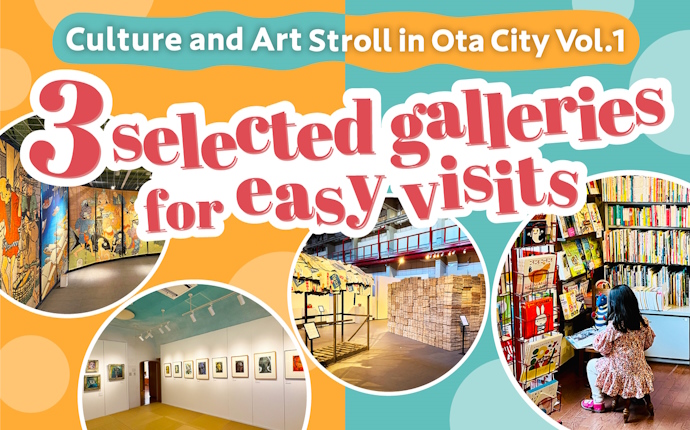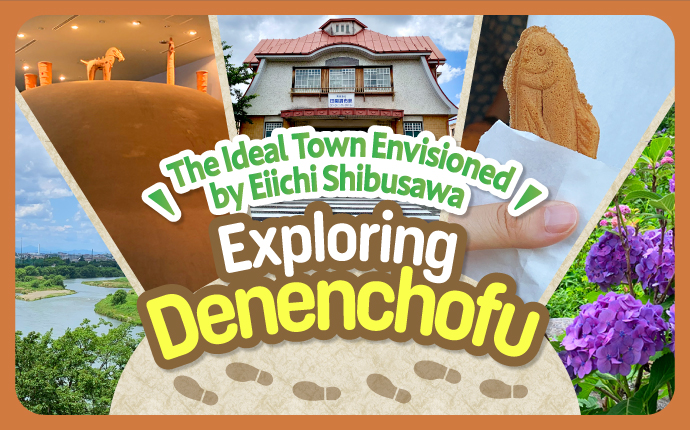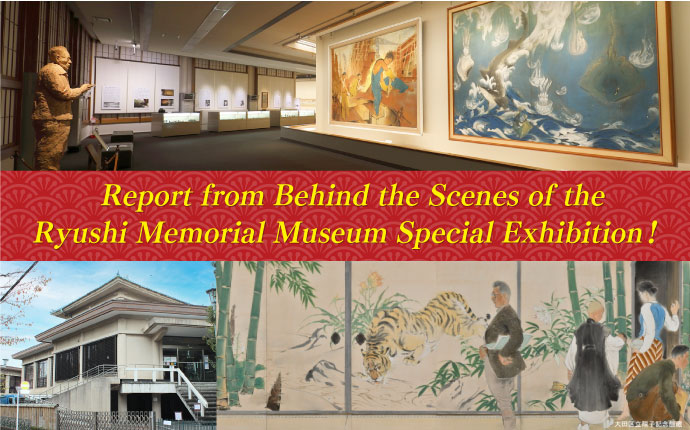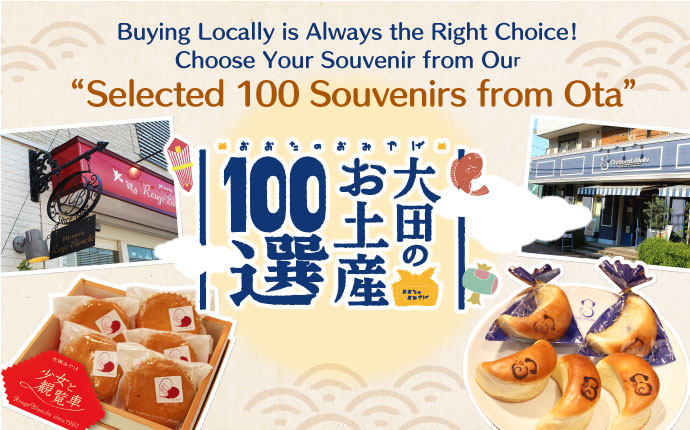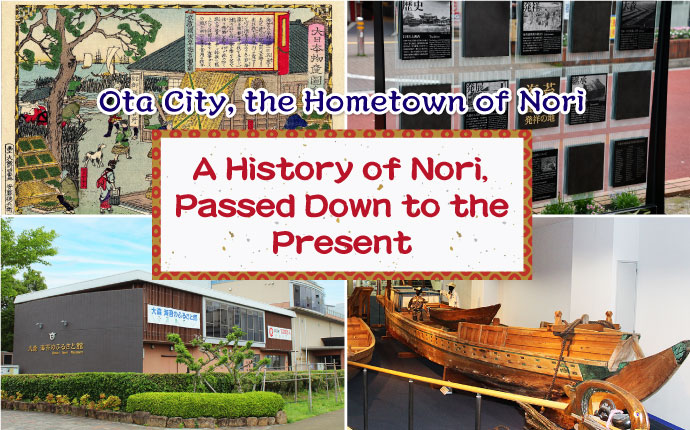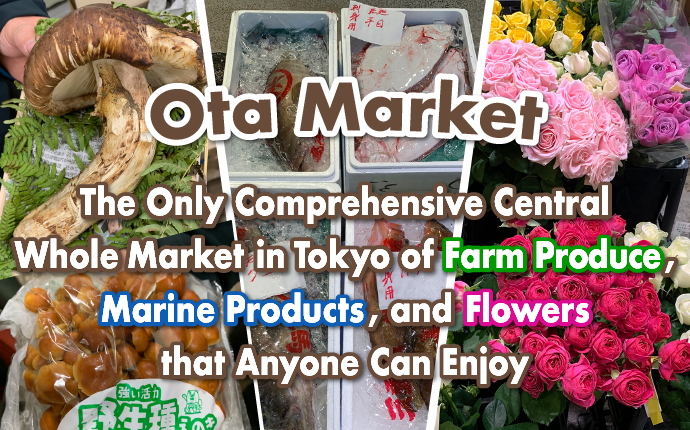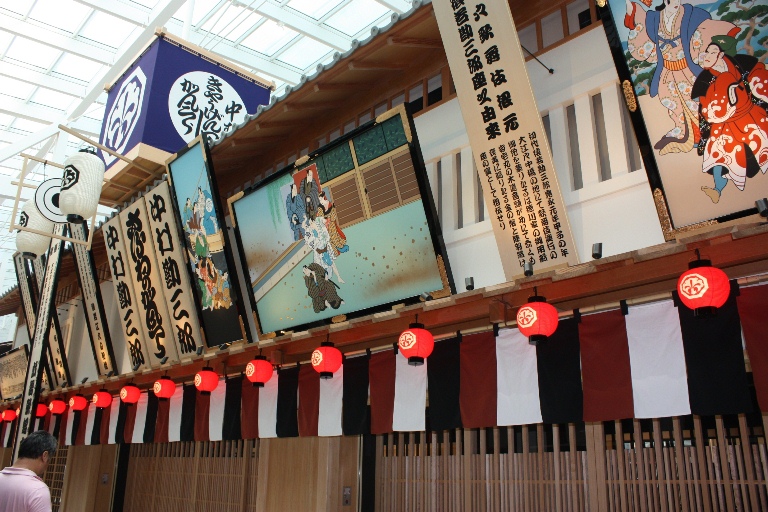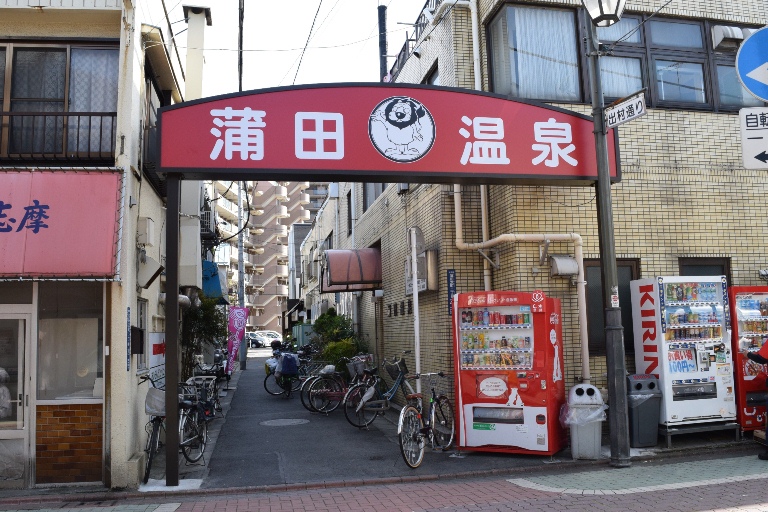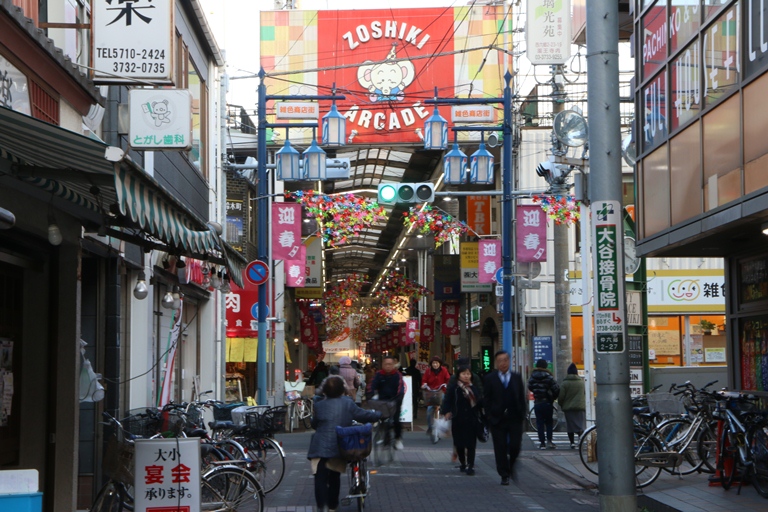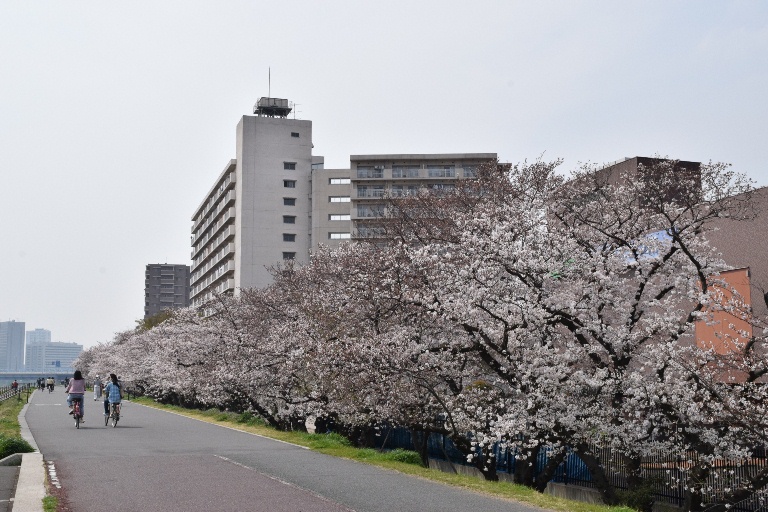At the memorial museum, clothing such as kataginu (a vest with broad, wing-like shoulders) and naga-bakama (long trousers) that Kaishu himself used to wear are in storage. In the future, a letter written by Kaishu’s pupils, Sato Yonosuke and Sakamoto Ryoma, is planned for exhibition! Through some established relationships with the Katsu family, it was possible to exhibit such valuable items. However, due to the age of the items, they show signs of wear and tear, so a lot of effort has been put into preparing the exhibition.
Due to the preservation of historical items, the kataginu and naga-bakama exhibited are replicas painstakingly crafted from the carefully restored originals. We asked about how the restoration was done regarding these two historical items.
Kataginu and Naga-bakama
Naga-bakama worn by Kaishu when he went to the castle to meet with superiors for official purposes
At that time, samurai were allowed to wear daimon (crested formal robe) and naga-bakama as a ceremonial costume if they were a Shodaibu class, i.e. fifth-rank official (senior fifth rank and junior fifth rank). When Kaishu was appointed to work on a warship on May 14, 1864, he was given the lower junior fifth rank and the corresponding government position, Awanokami, and became Shodaibu. Once appointed to work on a warship, Kaishu is assumed to have come to the castle, wearing this costume.
Notably, Kaishu was actually unofficially announced to be promoted to the Shodaibu about a year before this. He was unofficially appointed by the Roju, Itakura Suonokami Katsukiyo on May 8, 1863, but Kaishu declined due to reasons such as “It has never been my wish to be promoted without achieving anything to warrant it,” “Opportunistic prioritization of myself would be shameful conduct as a man,” (quoted from the Kaishu Diary) at this time. Kaishu seemed to have thought that his biggest mission back then was to establish the Kobe Naval Training Center, and eventually to unify the naval forces of the Edo Bakufu (Tokugawa shogunate) and multiple daimyos (feudal lords). At this point, he had not achieved this mission, so it is commonly believed that he declined because of this. This series of events demonstrates how humble Kaishu was.
The Katsu family’s official crest “Maruni-ken-hanabishi (swords and a flower with a circle around them)” on light blue hemp
These kataginu and naga-bakama worn by Kaishu are made of indigo-dyed light blue hemp, and its surface has a pattern of small sharkskin-like half circles and lined with dyed threads. On the chest and back of the kataginu and the hip of the naga-bakama are embroidered the Katsu family’s crest “Maruni-ken-hanabishi.”
How restoration is done
Let us show you how some of the restoration is done!
Before
As seen in the pictures, the items are wrinkled and show signs of mold as well as fading from aging and discoloration from folding.
The inside linings, where washi paper was pasted to maintain the shape and resilience, especially have defined wrinkles. There were some parts where staining was visible as well.

Restoration
Dry-cleaning without damaging the fabric and returning it to its original shape
The most important thing about restoring a dyed fabric is to not damage the fabric. The most important part of the task was to carefully restore the garments without losing the fabric’s original colors and patterns such as the indigo dye, surface pattern, and threads on the linings, and to return it to its original shape.
1. CleaningFirst, by using a soft brush, dust, staining, and traces of mold were removed. For stubborn stains, water was applied using an ink brush, and then absorbent blotting paper was used to absorb the stains. This cleaning was carefully repeated.
2. Restoration of the shapeAfter Step 1, wrinkles were smoothed out while humidifying the fabric, and then misshapen parts were restored. For this particular restoration, the starch was coming out from the shoulder lines of the kataginu, and some of the stiffeners (baleen hairs) sewn in the top part of the shoulders were protruding. These parts were also carefully returned to their original shape and sewn back in.

After
A replica created based on the diligently restored kataginu and naga-bakama (left picture). The original can be seen via the touch panel in the Kaishu Chronicles of the museum (right picture).
On another note...
One of the Katsu family’s alternative crests is a letter 可. This family crest is pretty rare, but it is even engraved on Kaishu’s tombstone. Kaishu’s grave is right beside the memorial museum, so please feel free to check it out when you drop by.
In the picture, the right grave is Kaishu’s and the left one is his wife, Tami’s. The simple five-ring tower tombstone was, to our surprise, designed by Kaishu himself. The letter 可 can be seen behind the flower stand!
A co-signed letter from Sato Yonosuke and Sakamoto Ryoma to Katsu Kaishu
Written around when the Kobe Naval Training Center was built
The letter was written by Kaishu’s pupil, Sato Yonosuke, who was taking care of the Kobe Naval Training Center while Kaishu was away, and it was dated July 25, 1863 and addressed to Kaishu in Edo.
“In April 1863, Kaishu took the 14th shogun, Tokugawa Iemochi, who at the time was visiting Kyoto, on the Jundomaru to show him around the ocean in Settsu. He explained the importance of coastal defense to Iemochi, and later on took him back to Edo by sea. The approval of the Kobe Naval Training Center construction was received from Iemochi at this time. The letter was co-signed by Sato Yonosuke and Sakamoto Ryoma, but it was written in full by Yonosuke. It is actually over 3m (close to 10 feet) in length,” said the curator.
Important content with which Ryoma’s Kobe naval concept can be seen!
The curator says, “Ryoma had a specific concept of how the Japanese navy should be, and he was working towards it. Yonosuke is conveying that to Kaishu in this letter.”
The overview of his concept was that “the admiral of the Kobe Navy should be chosen by the royal court, and gather people regardless of their status underneath the admiral,” and that “the operation cost of the Kobe Navy should be paid by the west region under the royal order, keeping the navy to the Kansai region,” which was unique and different from Kaishu’s concept of “creating a unified Japanese navy under the Edo Bakufu.” The Kobe Naval Training Center was an Edo Bakufu facility, but it was pointed out that Ryoma had a different concept which is to stay away from the Bakufu Navy and move towards the royal court and west region centralized navy. Now we understand how valuable this item is!
How restoration is done
Let us show you how some of the restoration is done!
Before

The beginning edge part of the paper especially had a lot of wear; there were mold spots, small holes created by worms, and there was also some “aging” of the paper, where the paper’s fibers come undone and become flocculent. That sounds like it makes for a very difficult restoration.
In this letter of over 3m in length, seven pieces of paper were attached together with glue, but because of the deterioration over the years, the glue weakened and some parts were beginning to separate.

Restoration
Remove stains and reinforce the missing parts
In the restoration of old documents, utmost care is required so that the paper and written letters are not damaged. In the restoration of this letter, after the stains were carefully removed, water of an appropriate amount and quality was used to straighten wrinkles and creases.
1. CleaningFirst, a soft brush was used to remove the dust, and then traces of worm damage were removed with tweezers (dry cleaning).
2. Straighten out the wrinkles and creasesNext, water was sprayed onto the paper to straighten out the wrinkles and creases. The water used is filtered to remove all impurities and its pH level was adjusted so as not to damage the paper or the inked letters on it. The amount of water used was also taken into great consideration. For the parts with great damage, the glued parts were separated and carefully restored little by little.
3. Reinforce the missing parts from the back sideThe back side of the parts with tears and holes was covered with new, very thin paper, and then when the papers blended in, starch glue was applied with a brush and allowed to dry. Lastly, the sections of paper were glued back together and reinforced so that it would not come off again.

After

The beginning edge of the beautifully restored paper.

Co-sign of Sato Yonosuke and Sakamoto Ryoma. It has been beautifully restored; the two are hardly comparable!
Deterioration of historical documents is said to progress from the decayed and weakened parts. While many historical documents have crumbled and been lost, those that have survived to this day have surely overcome multiple critical situations. Thinking about them like this, the miraculous fate of these documents is surely impressive.
These historical documents are restored thanks to your generous donations. Please see 3. Establishment of the Katsu Kaishu Foundation in 3. Episodes for more details.




























